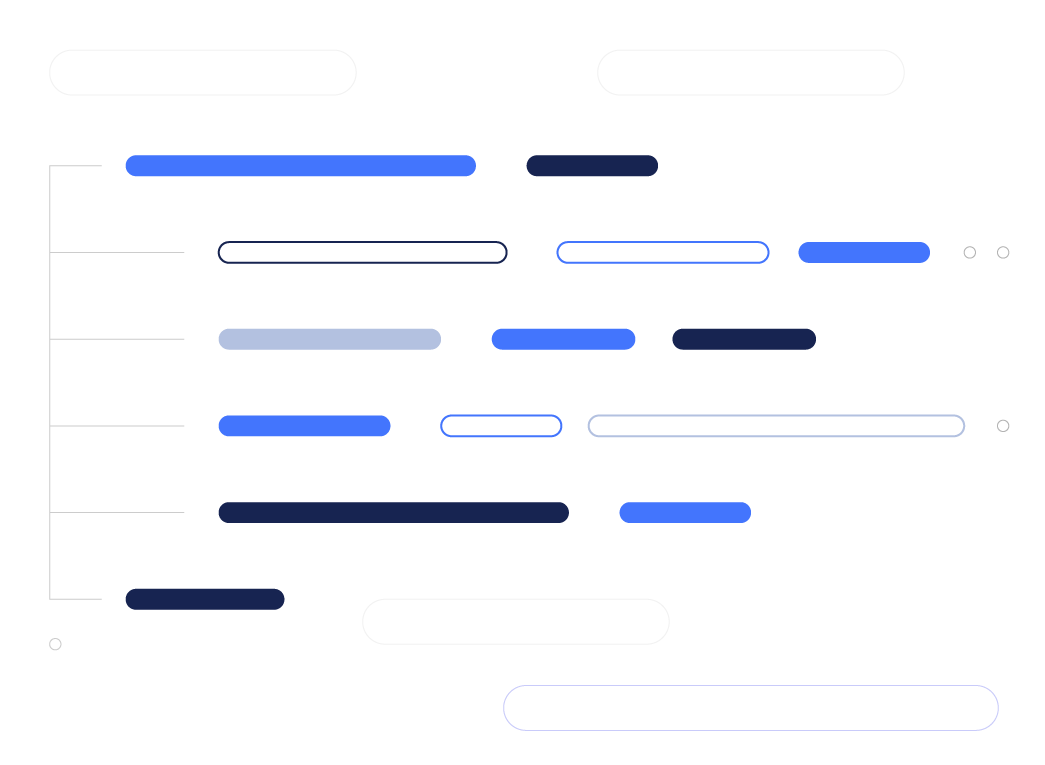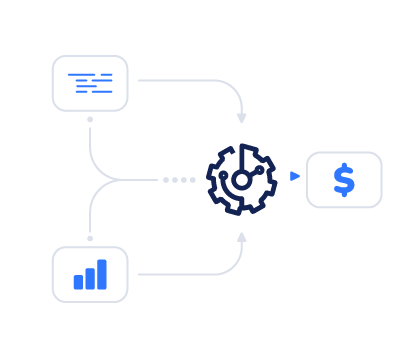We translate AI into numbers executives can act on. Each system and workflow is modeled like an investment — with ROI, payback, and KPI targets you can take to the boardroom.
We redesign workflows for speed and intelligence, and blueprint the technical architecture that sustains performance at scale.
Efficiency Design: Where AI Meets ROI
Every Workstream, An ROI.
AI should be treated as an investment, not an experiment. At Shokworks, we model every workflow and system with ROI, payback timelines, and KPI targets so executives can make confident, boardroom-ready decisions.
We connect initiatives directly to metrics that matter — cycle-time reduction, margin improvement, throughput gains, and churn reduction — ensuring performance is measurable from pilot through scale.
The outcome is a clear roadmap that prioritizes the highest-return opportunities, turning innovation into financial outcomes and accelerating time-to-value.
Every Process, System & Tool. Considered.
We identify where AI has the highest impact — whether that’s accelerating workflows, cutting cycle times, lowering costs, or creating new revenue streams. Each application is grounded in business value, not hype, so leaders know exactly where to invest.
We also quantify expected benefits and highlight key assumptions to validate during pilots. This ensures initiatives can move from test to scale with clear evidence of performance.
The outcome is a focused portfolio of AI opportunities prioritized by ROI, giving leaders confidence in both short-term wins and long-term growth.
Workflow-Level KPIs
KPI mapping turns AI from promise into proof. We link each initiative to the operational metrics that matter at the workflow level, so leaders can see exactly how performance moves as changes roll out.
We set baselines and targets up front, then instrument the process to track progress against them—from pilot through scale—so accountability is built in and results are transparent at every stage.
By tying these to each workflow, teams can quantify impact, prioritize the next investments, and report ROI and payback with confidence.
Technical Infrastructure Blueprint
AI is not a plug-in — it requires rethinking how work is structured. We redesign workflows to be AI-native, supported by data ecosystems and technical blueprints that connect systems and data seamlessly.
This architecture accelerates execution and provides a repeatable framework for scaling. From SaaS-to-Cloud migrations to legacy modernization, we design infrastructures that power AI and grow with demand while maintaining compliance and speed.
The result is a foundation built for enterprise-grade AI, ensuring businesses can scale with confidence.
Modeling Intelligent Agentic Design
Once workflows are mapped, we move to design and model how intelligent agents could apply within or adjacent to current business systems. This stage models potential use cases — where embedded agents, third-party integrations, or role-specific copilots could deliver efficiency gains.
We test assumptions such as agents handling routine tasks in the data flow, third-party tools extending existing systems, or copilots giving professionals real-time insights and task support.
By modeling these scenarios, we quantify benefits like faster cycle times and margin gains. The goal isn’t building yet, but leveraging our technical experience and horsepower to create the business case and roadmap for how agentic design can turn each workflow into measurable ROI.
The Path to Returns
At the end of efficiency modeling, organizations gain a clear, board-level view of AI’s financial impact. Each workflow is mapped with ROI projections, payback timelines, and KPI improvements, turning innovation into measurable outcomes.
By quantifying cost savings, efficiency gains, and revenue potential, leaders know exactly where AI can deliver the most value. This makes investment decisions simpler and more strategic.
The output is a prioritized roadmap that directs resources toward initiatives with the greatest returns — ensuring transformation creates measurable shareholder value.







